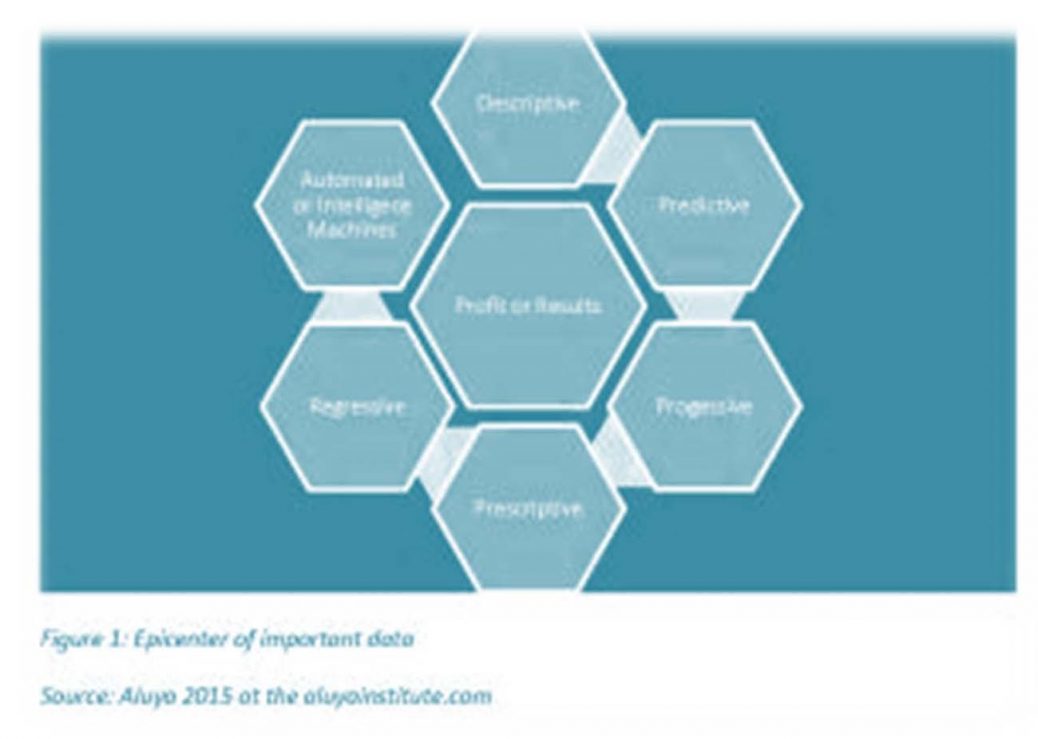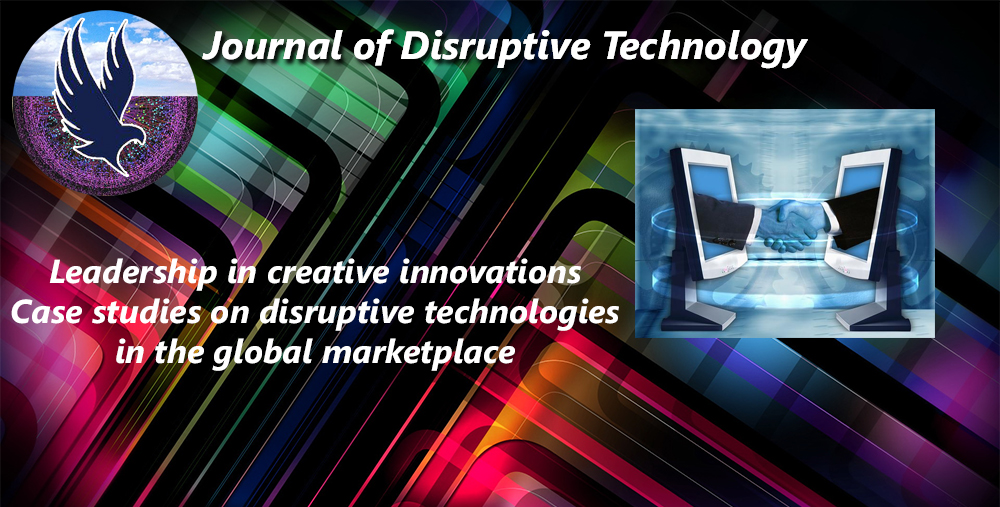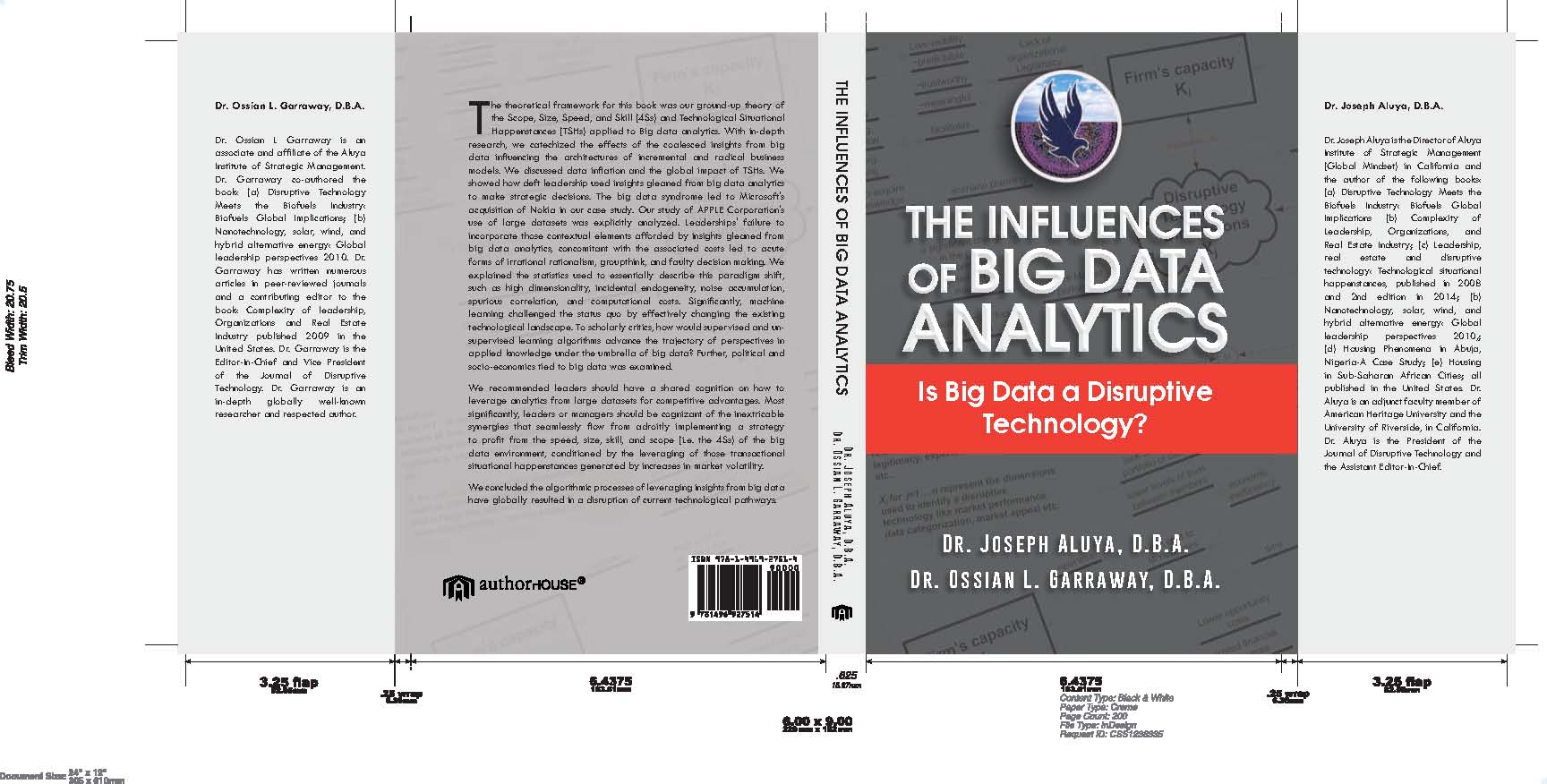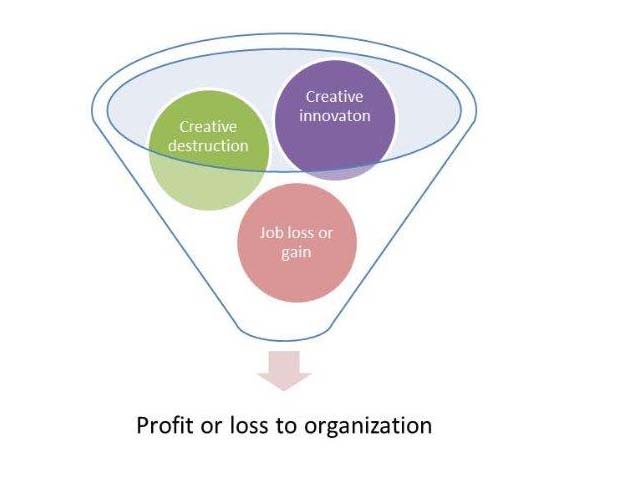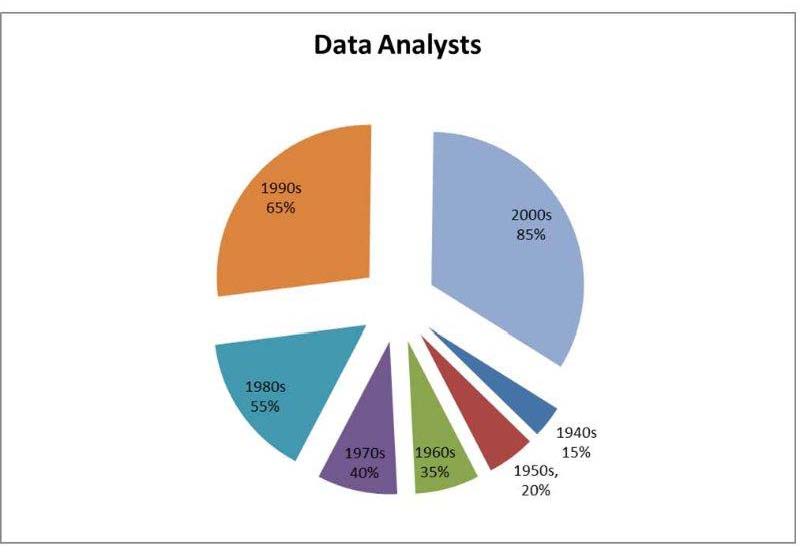In the 21st century, enterprises have been discovering ways to use data to gain more business value; unifying intuition with insights from data through analytics has turned out to be an effective growth strategy. Analytics are now used for descriptive (what happens), prescriptive (what next), progressive (what happens in the future), prescriptive (present occurrence), regressive (using past for future prediction) in combinations of automated and intelligence machines within organizations. Atypical scenarios might be for the deft leaderships, managers or analysts within organizations to cognitively infused the “what if” scenarios into the actionable important data being extracted from the huge datasets via the automated analytics and also see the figure below).
For instance, the research marketing firm Acxiom in Britain has been applying analytics to help clients to assess returns on investment from the different channels of an advertising campaign in real time. This use of real-time data considered the short life span of the social media content harvested; as well as the practice of extracting contextual data to elucidate the possible reasons and procedures surrounding the data available (Bartram, 2013).
Companies have discovered that organizational readiness was a significant part of the big data equation and have had to redefine business rules, thus affecting the chain of command. Previously, the marketing mantra had been to market the right product on time, and at the right price. Nonetheless, the example of the InterContinental Hotels Group (IHC) showed professionals operating in the current hospitality industry, have had to adjust their revenue management approaches as a result of the big data analytics surge in the industry. Kelly (2013) quoted Craig Eister IHC’s Vice President of Revenue Management stating that “We’re selling a view or the fact that the room is not near an elevator. The complexity around inventory is changing”(¶ 5). Likewise, Eister noted the old approach to segmentation like grouping customers according to business or leisure classes no longer applied (Kelly, 2013). To surmise, accountants and even the Internal Revenue Service have resulted in automated flag audits, radiologist now uses analytics for early cancer detention, pharmaceutical scientists have become cognitive in computing the future drug changes, the entire Heath Industry is now being revolutionized using automated machine intelligence and predictable analytical tools. Even the legal and law enforcement departments use predictive measures for preventative, discoveries, and coding that help in reducing caseloads and preventing crimes.
With respect to the competitive advantage, the literature used for the this research noted the duplicitous nature of this phenomenon in that competitors could in fact gain the advantage by applying analytics to big data against the non-participating firms. For example, Peoples Express Airlines was a highly successful and rapidly growing airline. The airline ceased to operate as a going concern in less than three months because it could not react to what the CEO called “sophisticated computer programs” that undercut the company’s prices. The lesson learned from this case was that even though people skills, visioning, and leadership continued to be important; executives who overlooked the advantages of applying analytics to big data could find their businesses with no answer to the so called “sophisticated computer programs”. In addition, It may be plausible to expect senior executives to be constantly in tuned with the external environment and to look for any technologies such as leading-edge analytics, whose practice could be a threat to the firm; and to suppose that those executives who continued to rely on instinct for decision-making will find it increasingly difficult to accept the latest concepts and innovations developing from practices like the combination of analytics and big data. Accordingly, it would be advisable to design any new business processes with an eye towards instrumentation (Bell, 2008).
In the market place, internal and external environments have been driven by the churning of technologies and human perspectives, all of which changed over time. As a result, organizations have been constantly faced with the challenge of having to adjust for competitiveness. A part of this adjustment was to discover inefficiencies and inadequacies in the ever-changing enterprise solution sets while making the necessary changes. Installing attachment modules has been one of the solution paths modern organizations have chosen to follow. With the post 20th century trend going towards social media, mobile tools and the big data explosion, most of the modules have been pointing in the direction of business analytics and collaboration. To remain competitive, the need to be proactive has demanded that modern enterprises had to rely on real-time data to assess opportunities, and guide new product development improvements and initiatives. Analytic and collaborative attachments from vendors like IBM’s Cognos and Statistical Analysis System (SAS) have provided frameworks to support the entire decision-making process, drive greater efficiencies, manage costs and pinpoint growth opportunities. Such attachments worked well in healthcare, manufacturing and financial environments (Fretty, 2008). In an effort to compress processing time, business analytic tools have been using large in-memory layers at the middleware level of their platforms to reduce the number of server transactions between applications. For instance in the banking sector, financial institutions have been implementing in-memory and visualization tools to boost the efficiency of their business analytic processes, thereby allowing employees more time to explore the data available (Quittner, 2012). To get references used in this synopsis, please order for a copy here

